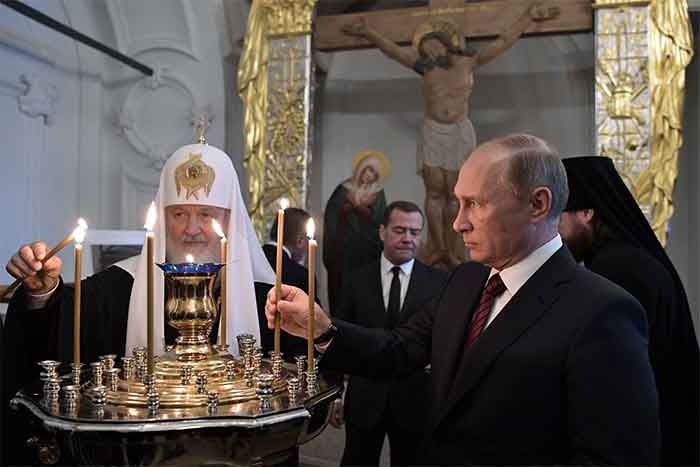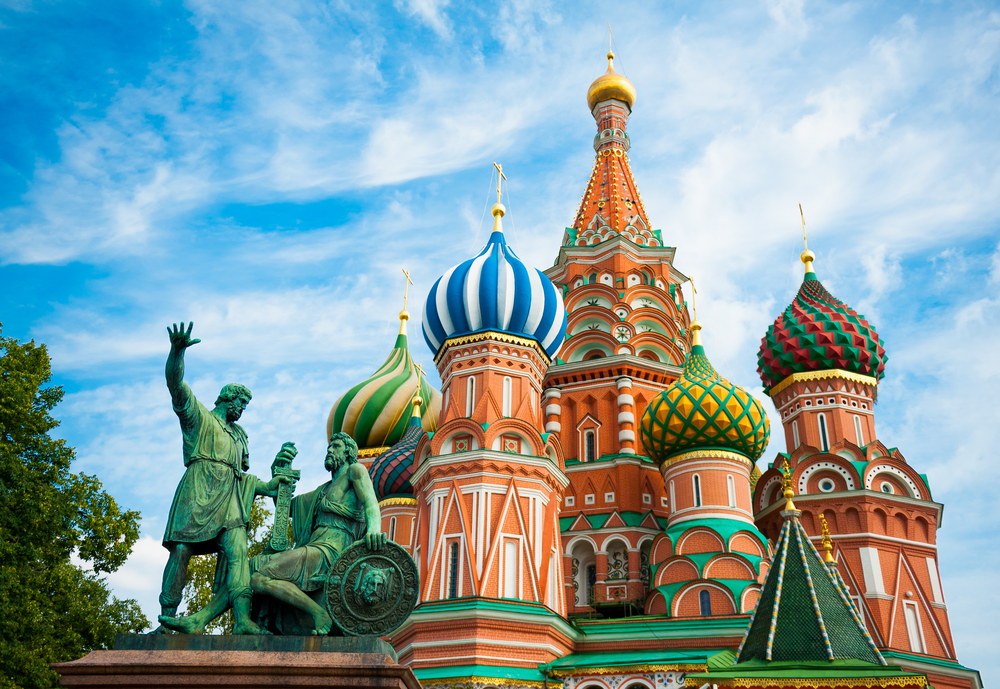The still-continuing British Post Office scandal involved the wrongful prosecution of 732 sub-postmasters (SPMs) for theft, false accounting and/or fraud.
The scandal is the most extensive miscarriage of justice in British legal history.
The criminal prosecutions, civil actions and extortions, resulted in criminal convictions, jail sentences, false confessions, defamation, severe loss of income, indebtedness and insolvency, marriage break-up, and suicide. Several died before they could be cleared in subsequent legal proceedings.
The source of the scandal was the 1999 introduction of a new Post Office computer accounting system, installed by the multinational software giant Fujitsu at a cost of £1bn/$1.34bn, which erroneously detected the existence of financial inconsistencies at numerous post office branches. It should be pointed out that the British Post Office also functions as a bank.
As a result of calculations delivered by the flawed system, prosecutions were initiated and SPMs were sent to jail. Ten years later, a group of SPMs and ex-SPMs created the group Justice for Sub-postmasters Alliance (JFSA) and began receiving public support and press interest.
The Post Office took fright, and decided to invite the accountancy firm Second Sight to investigate the discrepancies behind the problem. Second Sight provided a preliminary report to the Post Office, which accepted that the computerized accounting system should be examined.
When the inspection concluded, the Post Office said the issues with the system had been fixed and that it was now properly operational.
The Post Office set up a grievance review structure and a mediation scheme for SPMs who claimed to have covered the alleged losses generated by the system out of their own pockets.
However the scheme was closed to new applicants in less than a year after 150 SPMs registered their claims. The JFSA accused the Post Office of not giving SPMs sufficient time to file their claims with the scheme.
Second Sight’s completed report, submitted in 2014, said the Horizon Computer System installed by Fujitsu was simply unable to function adequately, and irremediably so. The Post Office replied that “there is absolutely no evidence of any systemic issues with the computer system”.
In 2015 the Post Office ended the Initial Complaint Review and Mediation Scheme, and published its own report absolving it of any misconduct.
Some convicted SPMs decided to sue the Post Office. As a result 555 convictions were overturned, since they were said to have been obtained by illegal means.
The judge in this case also approved a £57.8m settlement between the Post Office and the claimants. He also said he would refer the case to the Director of Public Prosecutions because of the evidence given by employees of Fujitsu in previous court cases.
He said: “Based on the knowledge that I have gained, I have very grave concerns regarding veracity of evidence given by Fujitsu employees to other courts in previous proceedings about the known existence of bugs, errors and defects in the Horizon system”.
These perjury charges against the Fujitsu employees are still being investigated.
By this year, 736 prosecutions had been acknowledged, 72 convictions had been overturned, and it was anticipated that more would be reversed. The number of those affected by other types of abuse by the Post Office, offences that merit restitution, breach of contract, intimidation etc., has not been charted or published.
Alarmed at these growing legal outcomes, the Post Office set up a new shortfall scheme that attracted more than 2,400 claims. The scheme excluded the 555 SPMs who had successfully sued the Post Office.
Up to last month there has been no commitment to recompense those SPMs and the 555 SPMs are still excluded.
On 13 February 2022, in a report prior to the start of the hearings chaired by the retired judge mentioned below, the BBC quoted a jailed and subsequently cleared SPM: “I want someone else to be charged and jailed like I was”. Several other wrongly-prosecuted SPMs echoed his words.
The British Government is the Post Office’s sole shareholder. To no one’s surprise the government refused at first to pay any compensation— it and the Post Office insisted the money awarded after the SPMs sued the Post Office represented a complete and final settlement.
Appeals were made in parliament last year, leading to a government capitulation. Victims of the scandal would be compensated by the government itself, since the Post Office itself could not shoulder the financial burden resulting from the numerous compensatory awards.
The government, by now on the back foot, set-up an independent inquiry 2 years ago, led by a retired judge. Britain has a long history of such inquiries led by retired judges, and these quintessential establishment figures do the expected job by delivering the expected whitewash.
There were 2 initial hearings before the judge’s inquiry was upgraded to a public inquiry in June last year.
In November 2021 it held a preliminary “List of Issues Hearing”, and, in February this year began holding “Human Impact Hearings”, investigating whether the Post Office and Fujitsu were aware of defects in the IT system, which ensued in criminal convictions and civil proceedings against SPMs that were quashed afterwards.
The public inquiry is expected to last most of this year.


